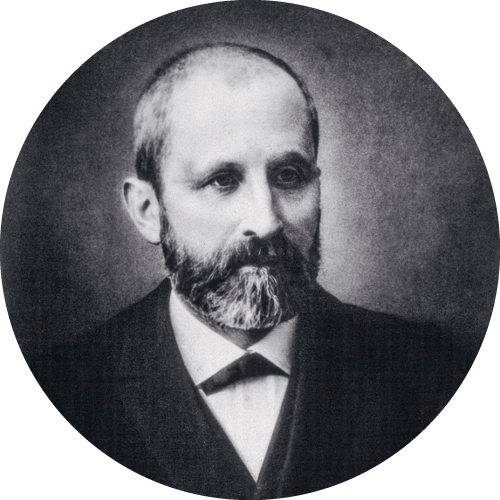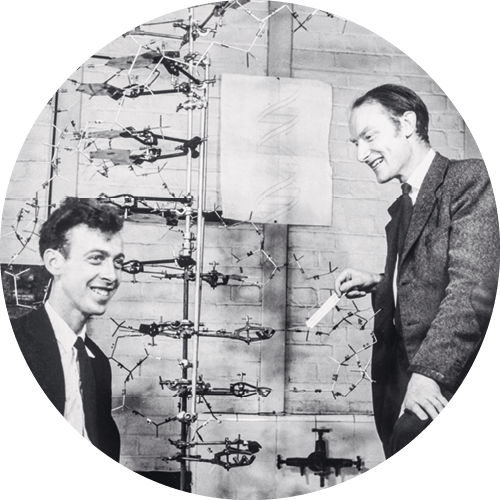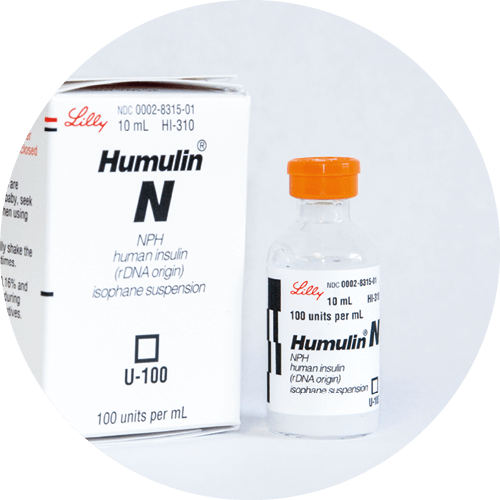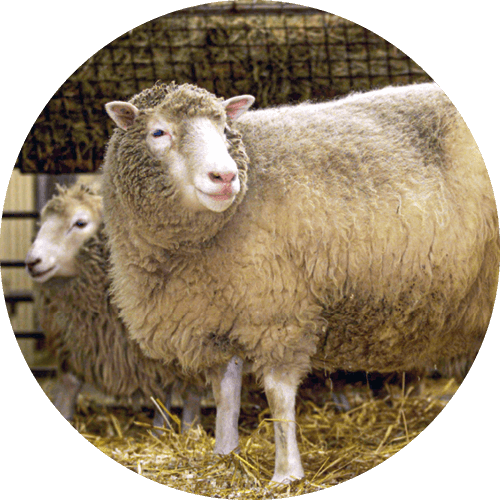Milestones of research

Readingtime
2 minutesThe discovery of DNA laid the foundation for modern biology—and thus also opened the pathway to biological innovations. A look at 350 years of research history
PUBLICATION DATE14th January 2022
1683
The Dutch naturalist Antonie van Leeuwenhoek is one of the first people to observe bacteria, which he sees with a self-constructed microscope

1857
The French scientist Louis Pasteur discovers that fermentation is caused by the activity of microorganisms. He also realizes that such microorganisms can be used to produce lactic acid, acetic acid, and alcohol
1869
The biochemist Friedrich Miescher from Basel discovers a substance in the nuclei of white blood cells that would later be called DNA. His work lays the foundation for modern biology

1915/16
The chemist Chaim Weizmann, who would later become the first president of Israel, uses fermentation processes to make acetone and butanol
1928
Alexander Fleming, a Scottish physician and bacteriologist, discovers penicillin. This antibiotic is produced from molds

1953
The decoding of the double helix structure of DNA by the zoologist James Watson (left) and the physicist Francis Crick marks the birth of molecular biology. The two scientists draw on the research results of Maurice Wilkins and his colleague Rosalind Franklin. Their work paves the way for gene-based biotechnology. In 1962 Watson and Crick receive the Nobel Prize in Physiology or Medicine

1977
The British biochemist Frederick Sanger develops DNA sequencing in order to determine the sequence of bases in a strand of DNA. In recognition of this achievement, he receives his second Nobel Prize in Chemistry
1982
Insulin is the first biotechnologically produced medication to receive market approval. Prior to this, insulin was extracted from the pancreases of slaughtered pigs or cattle

1983
The US biochemist Kary B. Mullis develops the polymerase chain reaction, or PCR for short, which revolutionizes the process of copying DNA in laboratories
1986
At the California Institute of Technology, the US chemist Lloyd M. Smith develops the first automated DNA sequencer. The startup Applied Biosystems launches the device on the market, where it bears the model designation ABI Prism 370A. It eliminates the need to use radioactivity for sequencing, which was previously the case

1996
Dolly, the cloned sheep, was born on July 5. Scottish researchers had cloned her by transferring genetic material from an udder cell into an egg cell with the nucleus removed and implanting the egg cell into a surrogate mother ewe. The experiment triggered a worldwide debate about the ethical boundaries of biotechnology

2012
The molecular biologists Emmanuelle Charpentier from France (left) and Jennifer Doudna from the USA develop the CRISPR-Cas9 technique for the quick and precise editing of DNA. This gene editing tool works in all living cells and organisms and ushers in a new era of genetic engineering. For their work, they receive the Nobel Prize in Chemistry in 2020

2020
Artificial intelligence is used to calculate protein folding and thereby accelerate the development of medications

Illustration: Dave Hänggi with image of iStockphoto
Photos: bpk, Wellcome Collection/Public Domain Mark, imago images /Everett Collection, Bastian Werner / Upfront, akg / Science Photo Library, Mauritius images / Eric Carr / Alamy, CalTech, picture alliance / Reuters, imago images / Agentia EFE, AlphaFold













